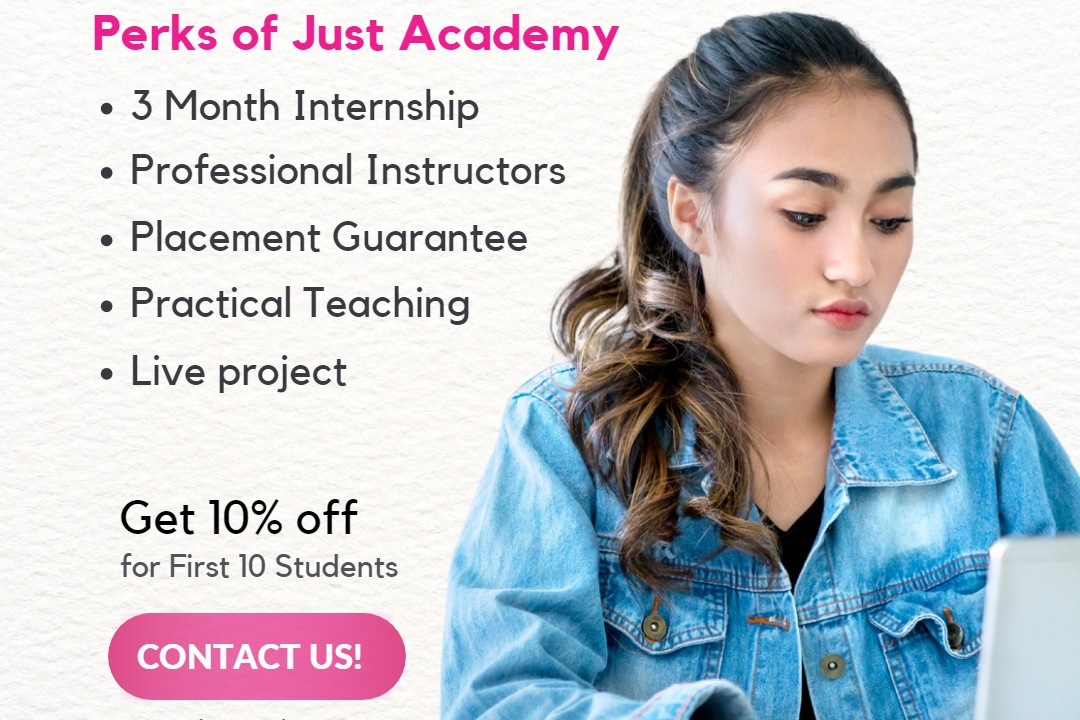Building Interactive User Experiences
Creating Engaging Interactive User Experiences
Building Interactive User Experiences
Building interactive user experiences involves designing interfaces and functionalities that actively engage users, encouraging them to participate and interact meaningfully with digital products or services. This process combines understanding user behavior, applying principles of usability and accessibility, and utilizing modern technologies to create intuitive, enjoyable, and responsive interactions. Key elements include user-centric design, feedback mechanisms, and personalization, all aimed at fostering a seamless relationship between users and the system. By focusing on interaction design, usability testing, and iterative development, creators can craft experiences that not only meet users’ needs but also evoke emotional connections, ultimately enhancing satisfaction and loyalty.
To Download Our Brochure: https://www.justacademy.co/download-brochure-for-free
Message us for more information: +91 9987184296
1 - Understanding User Experience (UX): Introduce students to the fundamentals of UX, including its importance in product design and its impact on user satisfaction.
2) User Research Techniques: Teach methods for gathering user feedback and understanding user needs through interviews, surveys, and usability testing.
3) Personas and User Stories: Guide students on creating user personas and writing user stories to represent target users and their interactions.
4) Information Architecture (IA): Explain how to organize content and structure navigation in a way that is intuitive for users, enhancing their ability to find information.
5) Wireframing and Prototyping: Introduce tools like Figma or Sketch for creating wireframes and prototypes, allowing students to visualize and test their ideas quickly.
6) Design Principles: Cover essential design principles such as contrast, balance, and alignment to ensure aesthetically pleasing and functional designs.
7) Interactive Elements: Discuss the role of interactive elements like buttons, sliders, and forms, and how they can enhance user engagement.
8) Usability Heuristics: Teach students about Jakob Nielsen's usability heuristics for user interface design, providing guidelines for creating effective web and mobile applications.
9) User Centered Design (UCD): Introduce the UCD process, emphasizing the importance of involving users throughout the design process to create more effective solutions.
10) Responsive and Adaptive Design: Explain the importance of designing for various devices and screen sizes, ensuring a consistent experience across platforms.
11) Accessibility in Design: Discuss best practices for making interactive experiences accessible to all users, including those with disabilities, to promote inclusivity.
12) Visual Design and Branding: Explore the role of visual design in building brand identity and creating a cohesive user experience that resonates with users.
13) Interaction Design (IxD): Dive into the specifics of interaction design, including how users engage with products and the feedback they receive during these interactions.
14) Testing with Real Users: Emphasize the importance of usability testing, providing strategies for testing prototypes with actual users to gather actionable feedback.
15) Iteration and Improvement: Teach the iterative design process, encouraging students to refine their designs based on user feedback and usability test results.
16) Emerging Technologies: Discuss how technologies like voice interfaces, AR/VR, and AI can enhance interactive user experiences and the future of UX design.
17) Design Tools Overview: Provide an overview of popular design tools and software used in the industry for crafting interactive experiences, such as Adobe XD, InVision, and more.
18) Case Studies: Analyze successful case studies of interactive experiences to draw lessons and understand best practices in real world scenarios.
19) Building a Portfolio: Guide students on how to compile their projects and experiences into a professional portfolio to showcase their skills to potential employers.
20) Feedback and Critique Sessions: Organize peer review sessions where students can present their work and receive constructive feedback, fostering a collaborative learning environment.
This training program will equip students with the necessary skills and knowledge to create engaging and effective interactive user experiences.
Browse our course links : https://www.justacademy.co/all-courses
To Join our FREE DEMO Session: Click Here
Contact Us for more info:
Flutter Training in Gokak
technical seo course
Software Testing Course In Kolkata
FlUTTer TrAInIng in SiLCHar











